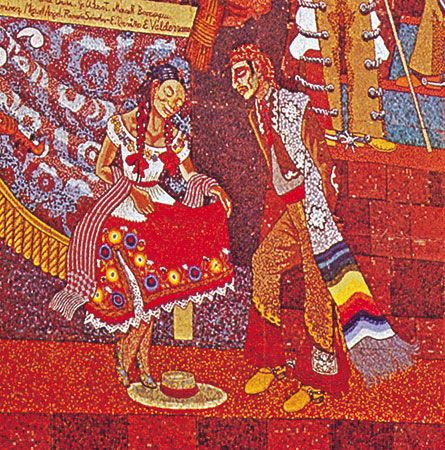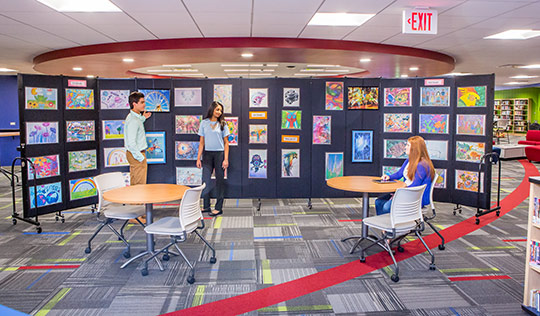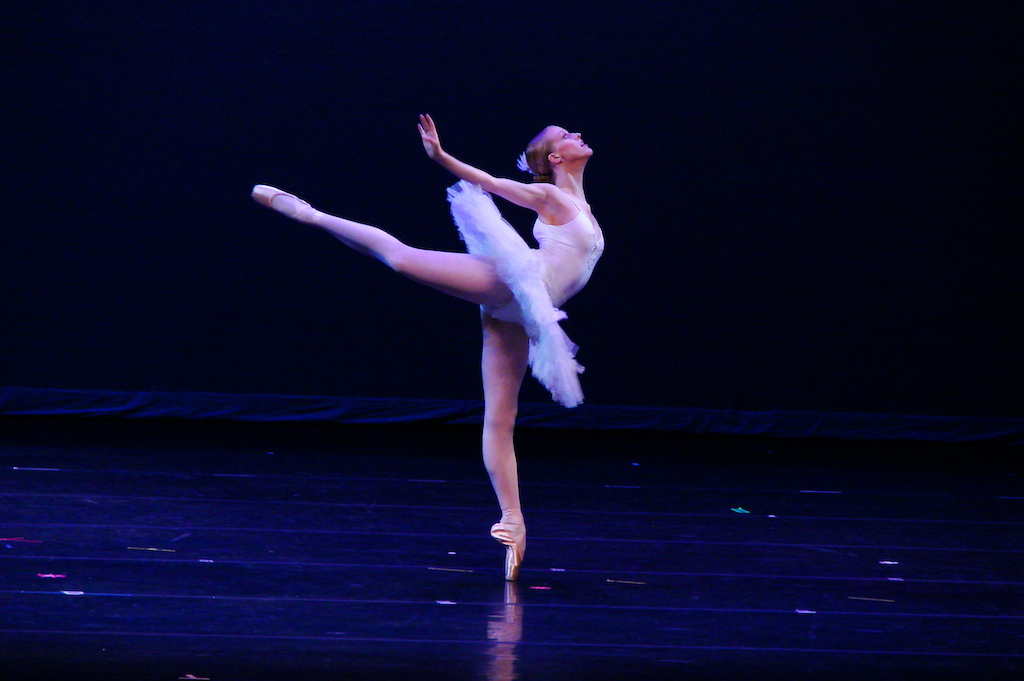Art and culture have played a critical role in shaping human history and society. From ancient cave paintings to modern-day installations, artworks have depicted human experiences, beliefs, and values. Culture, on the other hand, encompasses the customs, traditions, and beliefs of a particular group or society. In this blog post, we will explore the historical and critical significance of art and culture, highlighting why they are essential components of society.
Historical Significance of Art and Culture
Throughout history, art and culture have been interwoven into the social fabric of human society. Archaeological findings from different parts of the world show that early humans used art to express themselves creatively and communicate their experiences with future generations. For instance, prehistoric cave paintings in France and Spain depict images of hunt scenes, animals, and rituals, serving as a valuable source of information about early human life.
In ancient civilizations, art and culture were often closely associated with religion and politics. The ancient Egyptians, for example, built grand monuments and temples as a way of expressing their religious beliefs and royal authority. Similarly, in ancient Greece, art and literature were celebrated as a way of expressing philosophical concepts and political ideals such as democracy and civic duty.
In the Renaissance period, art and culture experienced a significant reawakening, as artists, writers, and scholars sought to revive classical ideals and celebrate human potential. This era saw the emergence of some of the most celebrated artworks, including Michelangelo’s Sistine Chapel ceiling and Leonardo da Vinci’s Mona Lisa.
Critical Significance of Art and Culture
Art and culture continue to be critical components of modern-day society. One of the most significant functions of art is to challenge social norms and conventions, raising important questions about the world we live in. Artists use their work to critique political and social systems, highlighting inequalities and the need for change. This role of art has been particularly significant in modern times, where artists have used their work to highlight the plight of marginalized and oppressed groups.
In addition, culture plays a crucial role in bringing people together, creating a shared sense of belonging and identity. Cultural events such as festivals, dance, and music performances provide an opportunity for communities to come together, celebrate, and share their traditions and history. Cultural exchange programs also play an essential role in promoting intercultural understanding and respect, breaking down stereotypes, and fostering global citizenship.
Conclusion
In conclusion, art and culture play an essential role in human history and society. From providing a historical context to creating a critical discourse, art and culture have contributed significantly to the development and progress of humanity. Whether it’s in the form of an ancient cave painting, a Renaissance masterpiece, or a modern-day street art installation, art continues to question, inspire, and provoke discussions about the world we live in. Cultures, traditions, and beliefs, on the other hand, bind people together, create identities, and promote intercultural understanding and respect. By recognizing and celebrating the historical and critical significance of art and culture, we can continue to build a more inclusive, diverse, and compassionate society.











